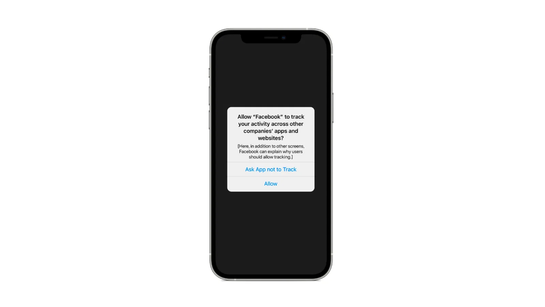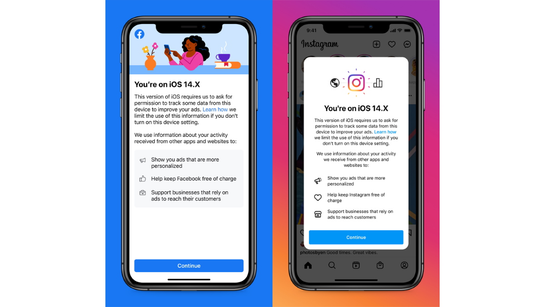Why AdRoll is Your Ideal Programmatic DSP
AdRoll helps you run full-funnel, multi-channel ad campaigns. Learn how our programmatic DSP enables better ad campaigns that convert customers.
Read More
If you’re feeling overwhelmed and confused by all the activity surrounding Apple’s iOS updates, you’re not alone. While it’s exciting that Apple users can now unlock their iPhones with their Apple Watches while wearing a face mask, or report accidents they see on the road with Apple Maps, many marketers are (understandably) concerned about what the iOS 14.5 update for new privacy features mean for their brand.
We’re not going to sugarcoat it: Apple’s flurry of consumer-first updates in the last few years has rattled the digital advertising space. Good thing we’re here to explain — in layman’s terms! — what exactly is going on, why you don’t need to freak out, and what you can do now to future-proof your marketing efforts.
Apple has been busy in the last few months, starting from iOS 14 in September 2020, which paved the way for the iOS 14.5 update in April 2021. Now, with iOS 15 on the horizon, Apple’s privacy-related updates feel like a never-ending tide that keeps crashing on marketers’ heads.
iOS 14.5 came with privacy-first features that, at first glance, seemingly had the potential to wreak havoc on marketing strategies and budgets everywhere — but in reality, that was not the case.
The main marketing-related feature included in the iOS 14.5 update was the new App Tracking Transparency (ATT) policy — this was slated for the iOS 14 update but was pushed to iOS 14.5 instead.
Long story short, apps now need to ask for permission when using information from other apps or sites to “track” users for marketing purposes. iPhone users who download an app now see a pop-up asking whether they want to opt in or opt out of sharing their Identifier for Advertisers (IDFA), a random identifier assigned to each iOS user that supports targeting, tracking, and attribution capabilities. Previously, users would have had to navigate through settings and privacy pages to toggle data sharing.
What the ATT prompt looks like.
By allowing users to opt out of tracking, the ATT policy makes it more difficult for marketers to:
In other words, Apple has made it more challenging for brands to reach their target audience, deliver relevant ads, and convert shoppers using the same strategies and budgets they had previously enjoyed.
Initial numbers coming out of the iOS 14.5 update were not great. Prior to the iOS 14.5 update, approximately 70% of iPhone users shared their IDFA with app providers. The latest figures show that over 75% of iPhone users have opted out of being tracked.
With major ad platforms, such as Facebook and Instagram, facing major impacts from the iOS 14.5 update, they’ve taken active steps to minimize the disruption to their business:
Plus, it’s important to remember that:
Facebook is encouraging users to allow tracking in order to keep its apps free of charge.
Even though it’s been several months since Apple launched its iOS 14.5 update, there hasn’t been much information on the size of its impact. However, there are some actions brands can take to minimize the likely impact from additional updates that Apple has in store:
With the right prep, there’s no need to worry about Apple’s iOS updates causing problems for your marketing, sales, and growth strategies. Here at AdRoll, we’ll be looking out for you by paying close attention to all marketing- and privacy-related changes — stay tuned for more updates by checking in regularly to our Marketing Resource Library.
Last updated on December 3rd, 2025.

